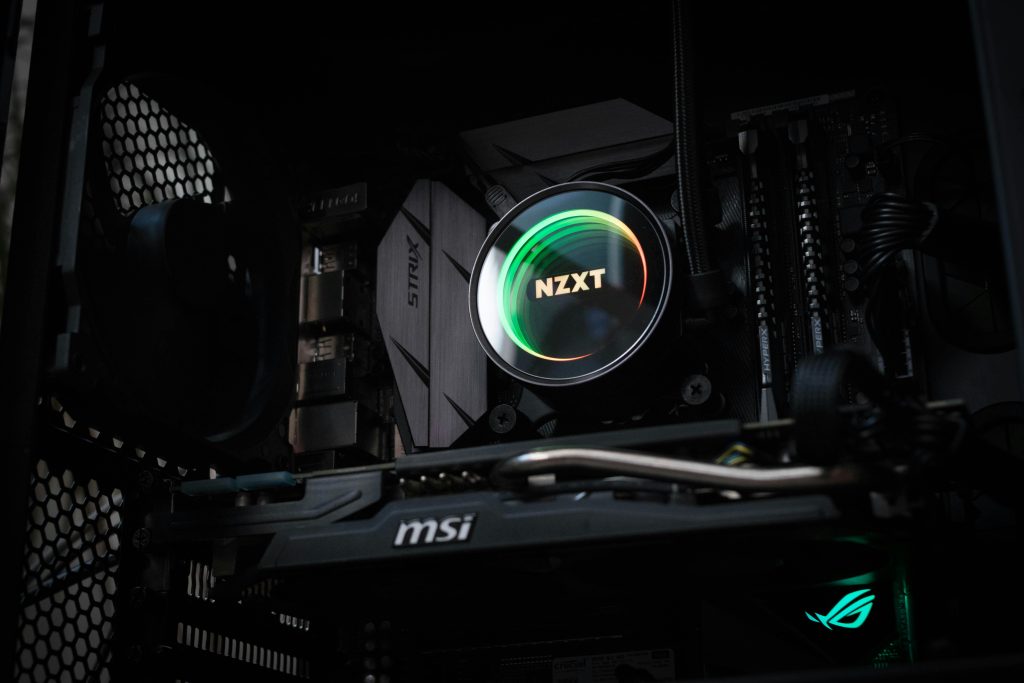Troubleshooting: Unexpected Motherboard Light Fluctuations and Persistent Boot Light
If you’ve recently experienced frequent power resets and are now observing unusual LED activity on your motherboard, you’re not alone. Many users encounter issues where the motherboard’s diagnostic LEDs flicker or stay lit, indicating potential hardware or power supply problems. This article aims to guide you through understanding these symptoms and suggests steps to diagnose and resolve the problem effectively.
Understanding Motherboard Diagnostic LEDs
Most modern motherboards feature diagnostic LEDs or onboard indicator lights that signal the status of various components during the boot process. These lights may represent CPU, DRAM, VGA, or boot device statuses. If these LEDs flicker or stay on unexpectedly, it could point to hardware malfunctions or power issues.
Common Causes of Flickering and Persistent Boot Lights
-
Power Supply Issues:
Power fluctuations, surges, or an inadequate power supply can cause the motherboard to reset unexpectedly. If your circuit breaker tripped twice, it might indicate an underlying electrical problem or insufficient wattage. -
Hardware Connectivity Problems:
Loose or improperly seated components—such as RAM, graphics card, or connectors—can trigger diagnostic LEDs and prevent normal booting. -
Memory (DRAM) Problems:
Rapid flickering of the DRAM LED may suggest issues with RAM modules, including compatibility problems, faulty modules, or improper seating. -
Motherboard or CPU Faults:
Defective motherboard circuitry or CPU can cause the observed LED patterns and prevent successful startup.
Step-by-Step Troubleshooting Guide
- Ensure Stable Power Supply:
- Confirm that your power outlet and circuit are functioning correctly. Consider testing with a different outlet or using an uninterruptible power supply (UPS).
-
Check your power supply unit (PSU) for signs of failure or insufficient wattage.
-
Reset and Re-seat Components:
- Turn off your system, unplug from power, and carefully re-seat the RAM modules and any other expansion cards.
-
Clear the CMOS by removing the motherboard battery for a few minutes or using the CMOS reset jumper.
-
Inspect Hardware Connections:
- Verify all cables and connections are secure.
-
Remove any unnecessary peripherals or expansion cards to isolate the problem.
-
Test with Minimal Setup:
- Boot the motherboard with only the CPU, one stick of RAM, and the graphics card (if
Share this content:



